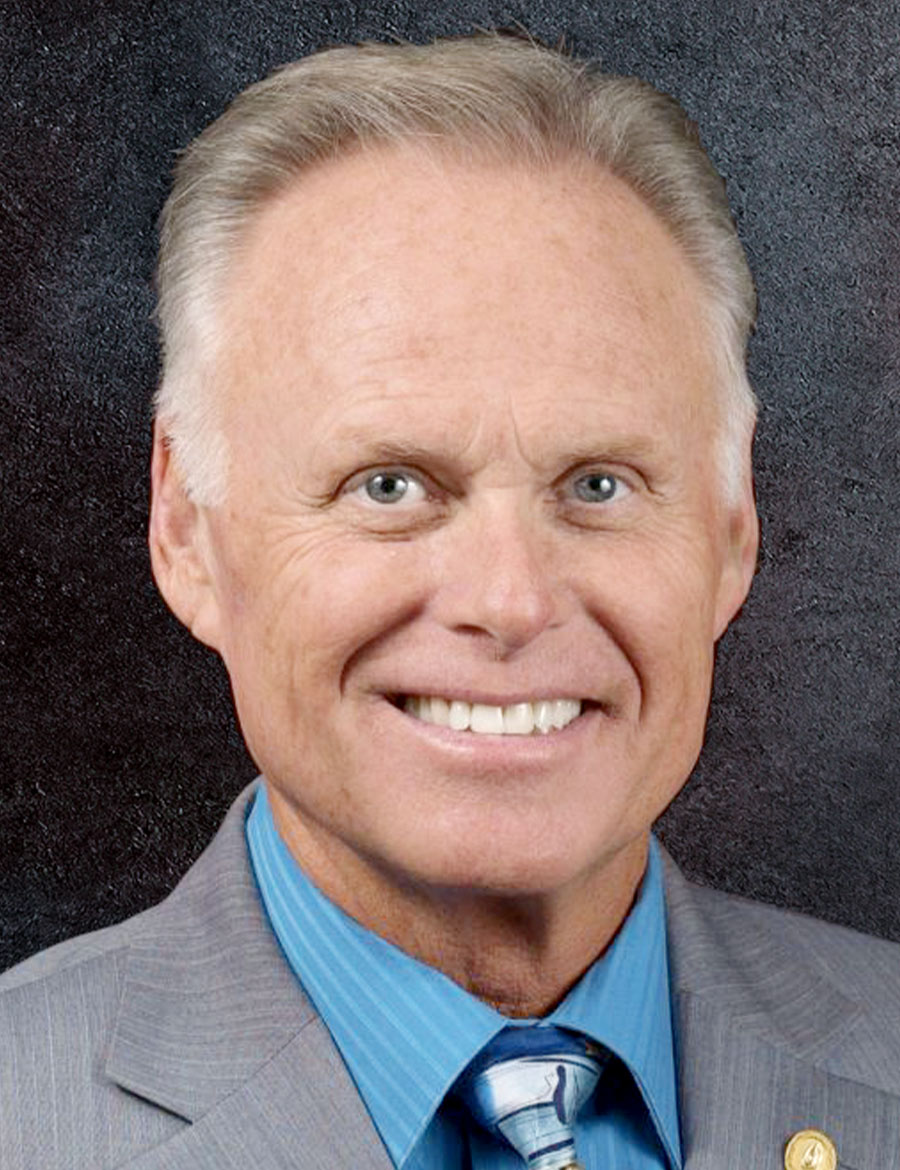


by Luan Rivera, Monika Moulin and Chuck Weis
Boardwise is a forum for board members and superintendents across the state to share questions about governance and board–superintendent relations. Send your questions to boardwise@csba.org.

Dear Boardwise: How can boards leverage the annual organizational meeting to further the goals of the local educational agency?
Luan: December is always a busy time of year for everyone. This is certainly true for everyone involved in school districts and county offices of education, including board members. One important event that happens every year is the board’s organizational meeting. This event is more impactful during election years.
As stated in Board Bylaw 9100 – Organization: “Pursuant to Education Code 35143, the Governing Board is required to set and hold an annual organizational meeting, in the manner described below, prior to the end of each calendar year. At this meeting, the board shall:
- Elect a president and a clerk and/or vice president from its members.
- Appoint the superintendent as secretary to the board.
- Authorize signatures.
- Approve a schedule of regular meetings for the year and a board governance calendar stating the time when the board will address important governance matters.
- Designate board representatives to serve on committees or commissions of the district, other public agencies, or organizations with which the district partners or collaborates.”
Another important event that occurs during this meeting is the administering of the Oath of Office to, and the seating of, new board members. This is the moment when newly elected board members officially take their seat at the board table. Onboarding new members is an important event, one to acknowledge and celebrate. Many districts and COEs schedule a reception to accompany this momentous occasion. It is crucial that new members feel welcomed as a part of the governance team.
Some governance teams utilize this meeting as a time to review and renew their Governance Handbook. The Governance Handbook contains the team’s agreements on how team members will work together and includes their unity of purpose — mission, vision and goals — norms and protocols. Often a more extensive conversation is needed on these topics. Many boards choose to schedule a winter retreat to provide an opportunity for an in-depth discussion on these items. This is especially important if they have a new member or members.
Monika: The swearing-in moment is experienced with all the significance that accompanies such an important first step in the new board member’s governance career. It can also be a culminating moment that follows a thorough and thoughtful onboarding process. When that process includes providing tools to aid in smart decision-making, plus background information on the LEA’s history and culture, the new team member is much better positioned to contribute. Education lecturer, author and former CSBA Executive Director Davis Campbell puts it this way in his book, The Governance Core: “How newly elected or appointed trustees are brought on to the governance team will in many ways determine how that board will function from that point on.”
As soon as it’s known that a new trustee has been named to join the board, effective leaders prioritize ways to disseminate information to the new member. Using the organizational meeting date as a target can expedite steps that need to be taken.
Often regarded as the “gold standard” with regard to how LEAs can run effective board meetings, CSBA’s publication Call to Order spells out the required actions that boards must take — and it goes further to identify best practices high-functioning boards have found useful as they seek to onboard and welcome new trustees. Making sure the new governance team member has in hand the pertinent bylaws (starting with the important “9000s”) is a key first step. Meetings with the superintendent and/or other key designated staffers are often the best way to orient new team members to such things as the Local Control and Accountability Plan, the budget, strategic goals and labor-relationship agreements, to name a few. Often, meetings with a veteran board member enhance the process.
The organizational meeting becomes a benchmark at which point the new board member will be empowered and equipped with meaningful information. With this sort of onboarding in place, the focus and energy stay on the work to be done on behalf of students and schools. The commitment to kids, to improving student achievement, and to providing and protecting safe school environments unfailingly becomes every bit as energizing, and even emotional, as raising the hand and repeating the Oath of Office.
Chuck: The for annual organizational meeting provides an opportunity to expand agenda items beyond the mandated ones. The following three possibilities are designed to increase transparency and the public’s knowledge of LEA board actions.
- Publish board subcommittee assignments and dates. Most school boards have created subcommittees that include less than a majority of board members to provide guidance on specific tasks, such as a Board Policy Committee. These subcommittees often include teachers, staff, administrators and/or members of the community and are required to follow the Brown Act open meetings law. Providing the committee title and members, with meeting dates and times the subcommittee will meet, will allow members to place the upcoming meetings on their calendars and allow community members to attend if they so wish.
- Publishing board study session topics and dates. Most school boards schedule study sessions for single topics throughout the year to allow board members and the public to deepen their understanding of important issues. Examples include topics such as board self-evaluations, facilities master plan revisions and instructional materials adoption. Giving community members advance notice of these meetings will encourage constituent participation and help all participants better understand school district decisions and operations.
- Publish the board’s governance calendar. The annual organizational meeting is also an excellent time to adopt your board’s governance calendar. This calendar displays the important recurring board discussions and actions for each month of the year. Topics such as interim budget reports or the LCAP and local educational agency budget are shown in the month that they are discussed and acted upon. Adopting and displaying this calendar in a public meeting will provide your constituents with a map of meeting topics throughout the year. This action is intended to help your students’ families and the community become more aware of the complex actions the board undertakes and feel more included in the month-to-month decisions that the board makes on their behalf.
It is my opinion, as a current board member and a facilitator of CSBA governance training, that board members who govern together to purposefully increase the transparency of their discussions and actions, seek engagement by their constituent community members and listen to input make better decisions for their LEA.